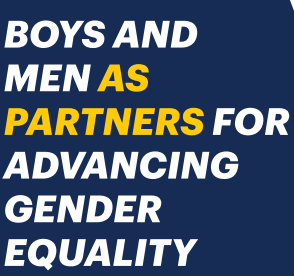Anyone can be an advocate. These “how-to” quick-guides take you step-by-step through the process of affecting change you can see:
The downloadable tools are:
- Creating and Communicating an Effective Message
An effective message is the centerpiece of any advocacy campaign. A message conveys the campaign’s core argument. It answers the “why” questions, like “why does this issue matter?” and “why should I care?” The most effective messages are clear and concise and resonate with the target audience’s interests and values.
- The Lobbying Process: Basics and How-To Guide
Direct contact with policymakers is a critical component in achieving desired policy change. Face-to-face meetings with your elected officials or their staff about the issue at stake is one of the most persuasive forms of convincing them to vote a certain way or take a specific stand on a piece of legislation, rule, issue or policy. In a meeting, you should describe why you are passionate about the issue and the position you’d like your member of Congress to take.
- Contacting Congress
Less time-consuming than a personal visit, another effective way to influence the decisions that your elected officials make is to call or send handwritten letters to their Washington, D.C. office.
- Organizing a Large Event: Logistics to Consider
If executed properly, large events such as rallies, marches, parades, and speaking tours are great ways to apply pressure on lawmakers, educate the general public and disseminate your message.
- Writing Letters to the Editor
The Letters to the Editor section is one of the most frequently read sections of the newspaper. It’s a great way to make your voice heard!







